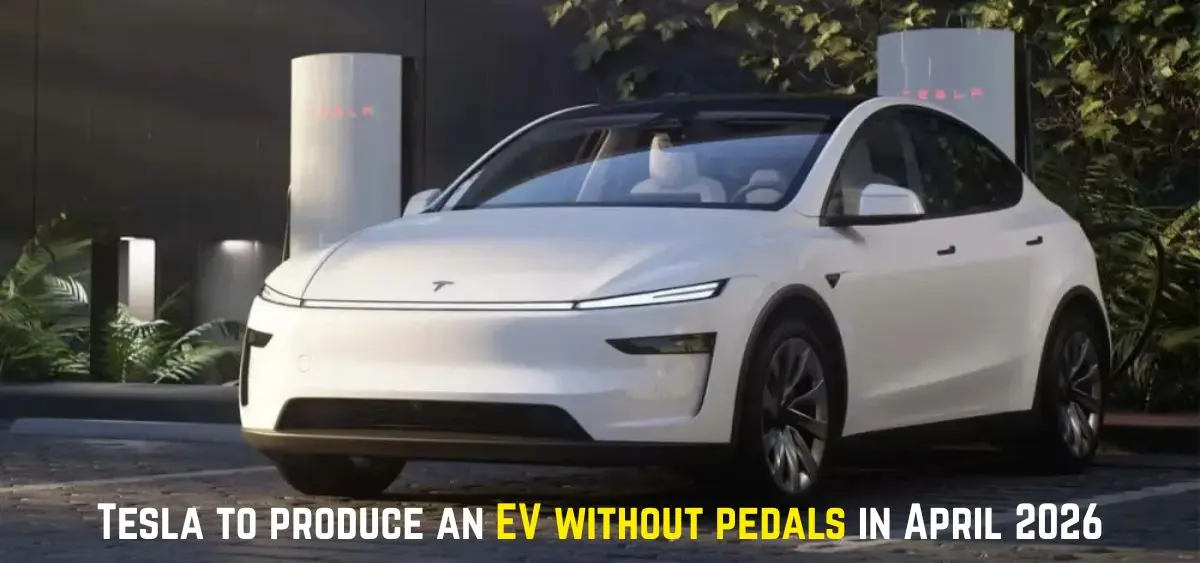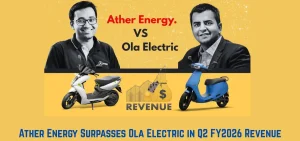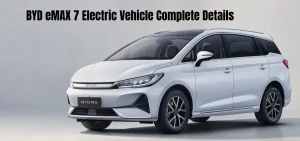Imagine stepping into a car with no steering wheel, no pedals, just pure intelligence on wheels. That’s exactly what’s coming as Tesla CEO Elon Musk confirms the launch of the groundbreaking Tesla EV without pedals in April 2026. Known as the Cybercab, this futuristic ride promises to redefine driving forever, blending advanced AI with sleek electric innovation. But can a car truly drive itself? The answer might change how we think about mobility itself.
A Glimpse into the Future of Mobility
The Cybercab is a compact, two-door, two-passenger vehicle designed exclusively for Full Self-Driving (FSD) use. Unlike Tesla’s current lineup, which still requires driver supervision, the Cybercab will operate completely autonomously, paving the way for a future of driverless transport.
Tesla plans to deploy the vehicle primarily in its robotaxi network, offering on-demand autonomous rides. However, the company has also hinted that individual consumers may eventually be able to purchase the Cybercab.
Production and Design
Production of the Cybercab will take place at Gigafactory Texas in Austin, one of Tesla’s largest and most advanced facilities. The car will utilize the same high-performance computers and sensor suite that currently power Tesla’s FSD technology in vehicles like the Model 3 and Model Y—but this time, without the need for any human controls.
The design philosophy behind the Cybercab reflects Tesla’s minimalistic and futuristic approach. The absence of a steering wheel and pedals creates a more spacious cabin and represents a bold move toward redefining vehicle interiors for a driverless world.
Regulatory Challenges Ahead
One of the biggest hurdles Tesla faces is regulatory approval. The production and sale of vehicles without manual controls will require special exemptions from authorities such as the National Highway Traffic Safety Administration (NHTSA) in the U.S. Since no mass-market passenger car has yet been approved without pedals or a steering wheel, Tesla will need to navigate complex safety and compliance standards.
Tesla chair Robyn Denholm recently noted that if required by regulators, the company could temporarily add steering wheels and pedals. This flexibility underscores Tesla’s pragmatic approach to ensuring the Cybercab reaches production on schedule.
The Road to 2026
A prototype of the Cybercab was first showcased at Tesla’s “We, Robot” event in October 2024, where attendees experienced short rides in the concept vehicle. With production now set for April 2026, Tesla is positioning itself to lead the next revolution in autonomous transportation, merging cutting-edge AI with sustainable EV design.
If successful, the Cybercab could redefine personal and shared mobility—ushering in a new era where cars truly drive themselves.

Related Articles:-





